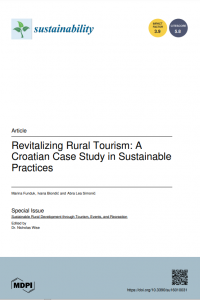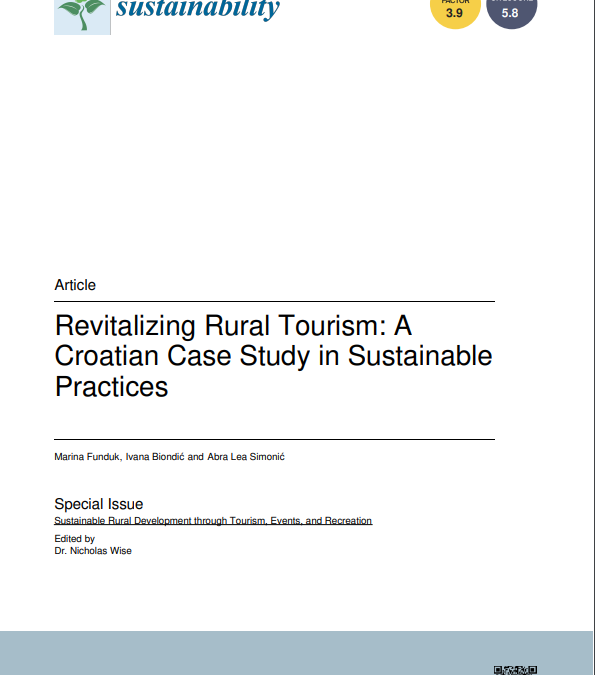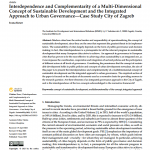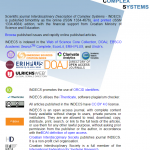
Authors: Marina Funduk, Ivana Biondić, Abra Lea Simonić
Journal: Sustainability
Issue: 16(1), 31
Publisher: MDPI
Year: 2024
ISSN 2071-1050
Abstract
Dubrovnik-Neretva County, renowned for the City of Dubrovnik, grapples with tourism challenges affecting its UNESCO-listed Old City. This study advocates for promoting less-explored inland areas to ease the strain on the heritage site and alleviate coastal tourist pressure. By diversifying tourism and supporting sustainable rural development, the region can spur economic growth, foster local businesses, and improve infrastructure through EU and national funding. The research explores financial investments in less-developed areas, emphasizing sustainable tourism practices for socio-economic and environmental benefits. The analysis highlights the project’s positive impact on sustainable tourism development inland, preserving natural heritage, and fostering economic benefits for local communities. According to the cost–benefit analysis, the proposed idea outperforms all alternatives with new attractions and enhanced infrastructure, contributing to overall municipal growth. External funding is crucial for viability, with a negative net income until 2040, offset by municipal support. Economic indicators justify social and economic benefits, emphasizing project resilience. The active tourism centre project, emphasizing eco-friendly outdoor activities, highlights the role of cost–benefit analysis in rural tourism infrastructure investment, recommending external funding for success.
Article is available at the link: https://www.mdpi.com/2071-1050/16/1/31




